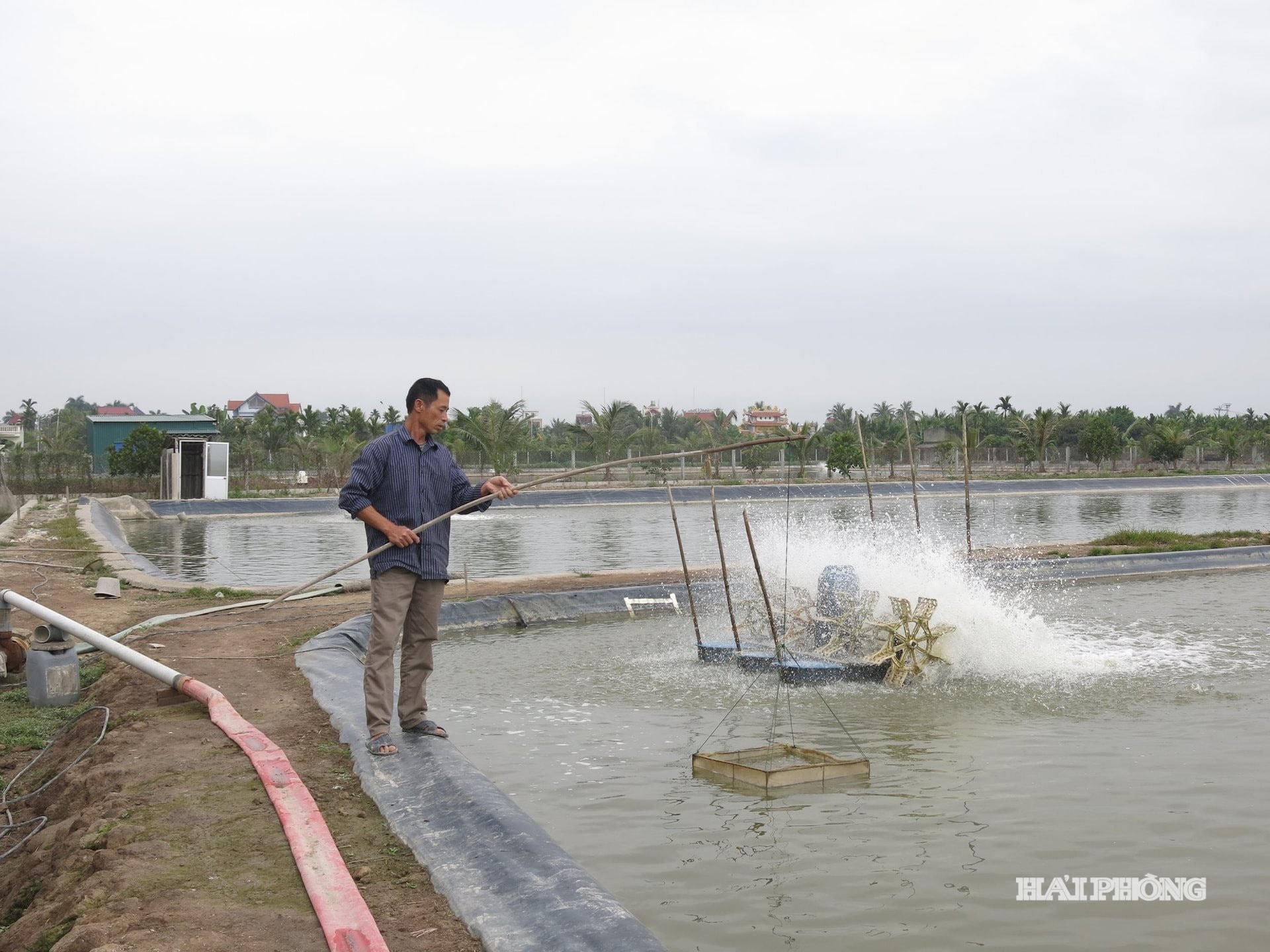
Unsafe water source
In recent years, the city's aquaculture industry has developed rapidly thanks to the application of technical advances in production, especially the construction of concentrated farming areas and intensive farming to create large-scale commodity products. Many cage farming areas on rivers: Kinh Thay, Thai Binh , Kinh Mon, Lach Tray, Van Uc... and coastal brackish and saltwater farming areas bring in hundreds of billions of VND in value each year. In addition, the form of pond, lake, and ditch farming intercropped with crop cultivation is also increasingly popular.
However, recently, farmers are always worried when the surface water layer for aquaculture is polluted. Mr. Pham Van Nhieu in Tien Minh commune has an aquaculture area that applies technical advances to raise catfish and giant freshwater prawns. At first, his family's ponds were highly profitable ... many farmers came to visit and learn from their experiences. However, according to Mr. Nhieu, recently, through his experience observing the water surface and using equipment to measure the concentration of substances in the water, he discovered Water pollution reduces the productivity and quality of aquatic products. To overcome this situation, Mr. Nhieu had to reduce the farming density and is considering moving to the highland provinces to raise aquatic products.
In the area of Ly Do village, Binh Giang commune or Mong Thuong village, An Hung commune, there are many integrated farms, which are also worried about polluted water sources, making it difficult to produce effectively. Mr. Vu Hong Thao in Ly Do village, Binh Giang commune said that initially, the farming households achieved quite good results, but now seeing the water surface around the aquaculture area change color compared to before due to pollution, the households often have to change the farming objects, continuously clean the water source . The households hope that the authorities will support solutions to prevent water pollution...
Head of the Fisheries Extension Department ( Hai Phong Agricultural Extension Center) Dang Thi Thanh said that in reality, aquaculture households are facing the risk of water pollution. Part of the reason is that aquaculture households still abuse industrial feed and antibiotics, causing excess feed at the bottom of ponds and cages, leading to pollution. Recently, climate change and extreme weather have become increasingly evident, changing the quality of aquaculture water. The awareness and environmental management skills of a number of farmers are still limited, and many places lack a water quality monitoring system...
Support farmers in processing
.jpg)
According to the Department of Agriculture and Environment, water pollution directly affects the productivity and quality of aquatic production, reducing production efficiency and farmers' income. In addition, pollution also poses the risk of disease outbreaks in aquatic species...
In 2025, the Department of Fisheries, Livestock and Veterinary Medicine will pilot 3 farming clusters applying automatic monitoring. Specifically, when monitoring the environment of brackish water shrimp farming areas in some communes in the East of Hai Phong in September 2025, it showed that the quality of the water supply at the monitored points was at an average level.
Some monitoring indicators of clarity, dissolved oxygen, and salinity show the presence of toxic algae and bacteria that cause hepatopancreatic necrosis in farmed shrimp. Or for some freshwater aquaculture monitoring points in the East and West of Hai Phong, 5/9 monitoring parameters have contents exceeding the allowable limits according to TCVN 13952:2024...
To prevent and respond to freshwater pollution in aquaculture, according to Deputy Head of the Department of Fisheries, Livestock and Veterinary Medicine of Hai Phong Nguyen Thi Kim Hoa, in the coming time, it is necessary to synchronously deploy a group of solutions on management; techniques and community propaganda. Accordingly, it is necessary to review and plan reasonable aquaculture areas; develop aquaculture planning integrated into local regional planning according to regulations, avoiding spontaneous farming, causing cross-pollution. At the same time, inspection and supervision of waste discharge from industrial parks and craft villages need to be strengthened and ensured according to regulations.
Propaganda work continues to be promoted so that farmers can clearly understand the relationship between environmental protection and economic benefits. Departments, branches and local authorities coordinate in monitoring aquaculture activities and controlling water pollution; guide farmers to implement some technical measures for animal care, disease prevention and overcoming damage caused by natural disasters to stabilize production; encourage businesses and farmers to raise aquatic products according to VietGAP, GlobalGAP processes...
The Department of Fisheries, Livestock and Veterinary Medicine also issued a number of requirements and recommendations for aquaculture households. That is, regularly monitor water quality to choose the appropriate time to take water and have appropriate treatment measures to serve safe and effective production; Strengthen monitoring and update weather developments, proactively respond to minimize possible damage. Comply with technical measures according to the instructions of the Department of Fisheries, Livestock and Veterinary Medicine.
HUONG ANSource: https://baohaiphong.vn/nguon-nuoc-o-nhiem-kho-cho-nuoi-thuy-san-524446.html


![[Photo] General Secretary To Lam meets with General Secretary and President of Laos Thongloun Sisoulith](https://vphoto.vietnam.vn/thumb/1200x675/vietnam/resource/IMAGE/2025/10/25/1761380913135_a1-bnd-4751-1374-7632-jpg.webp)

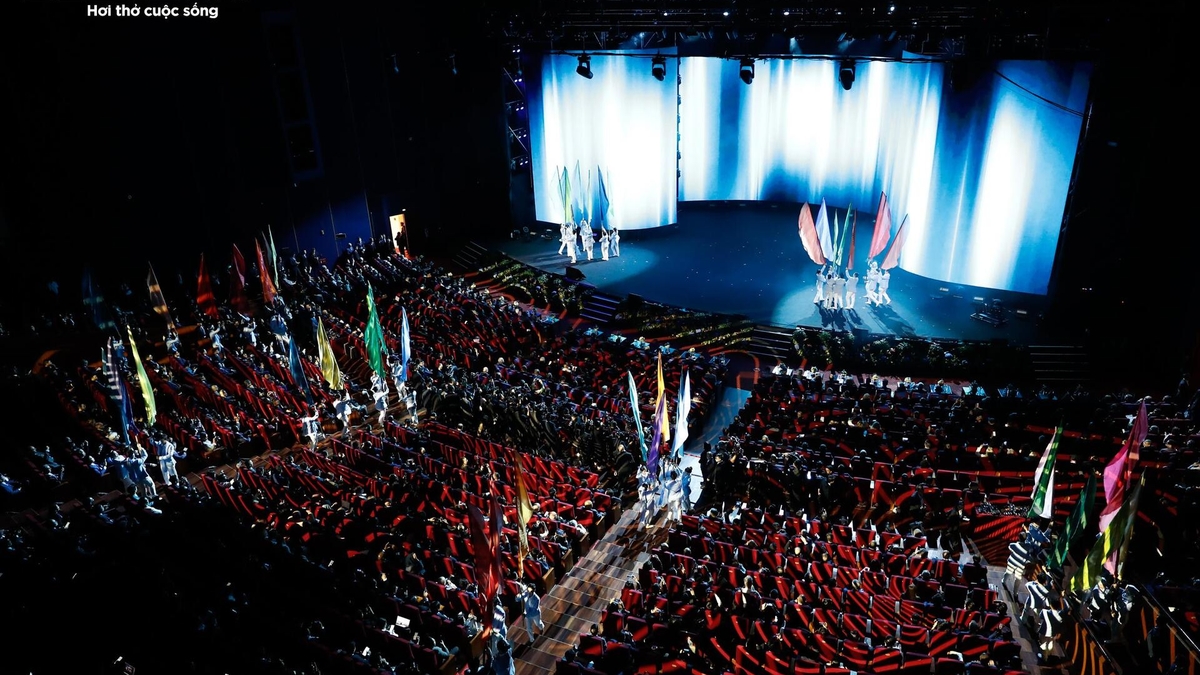


![[Photo] President Luong Cuong receives heads of delegations attending the signing ceremony of the Hanoi Convention](https://vphoto.vietnam.vn/thumb/1200x675/vietnam/resource/IMAGE/2025/10/25/1761377309951_ndo_br_1-7006-jpg.webp)
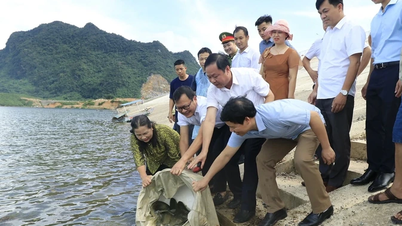

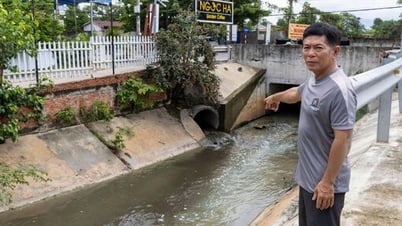

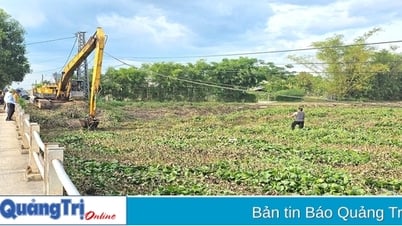

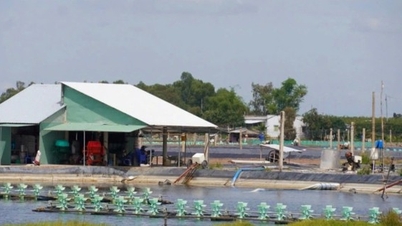

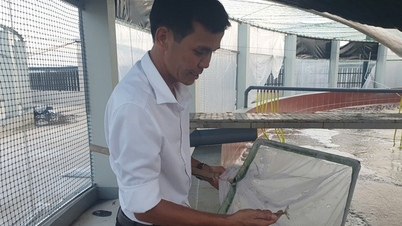

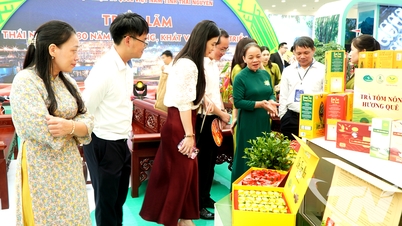



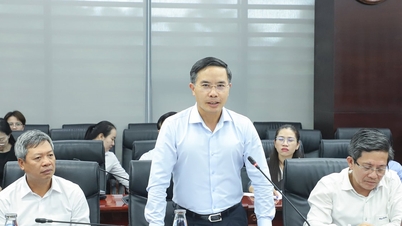

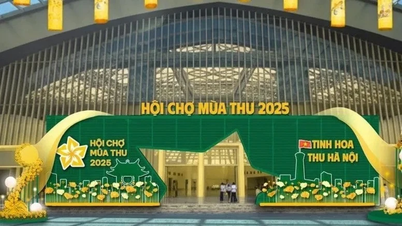

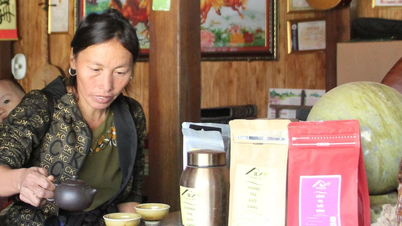
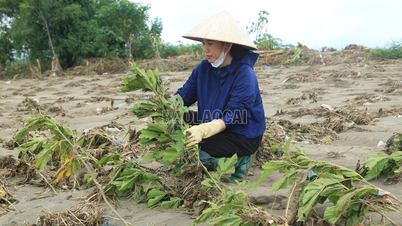




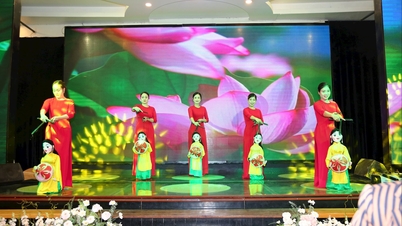
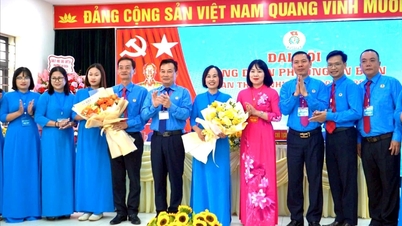

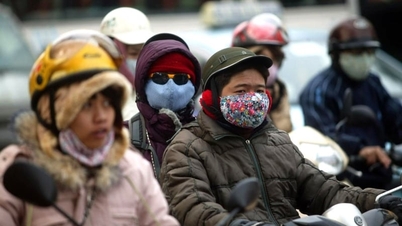
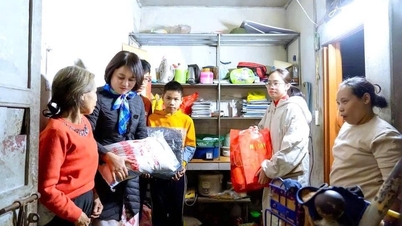
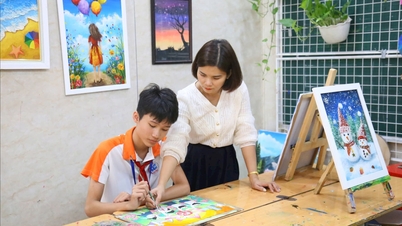
![[Photo] President Luong Cuong and United Nations Secretary-General Antonio Guterres chaired the signing ceremony of the Hanoi Convention.](https://vphoto.vietnam.vn/thumb/1200x675/vietnam/resource/IMAGE/2025/10/25/1761370409249_ndo_br_1-1794-jpg.webp)








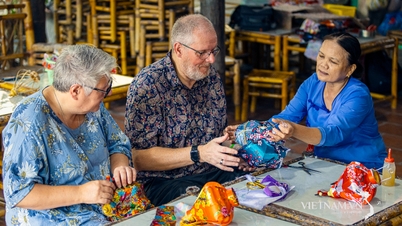

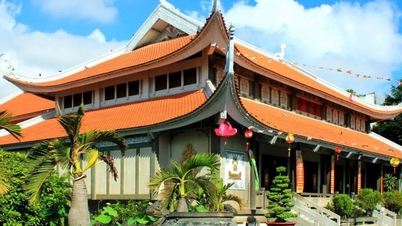











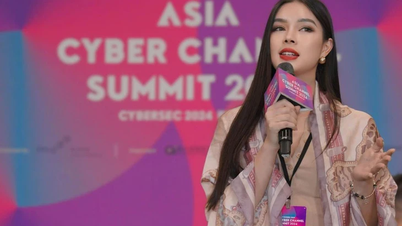















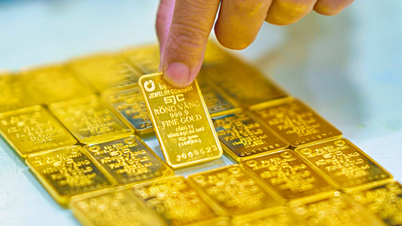
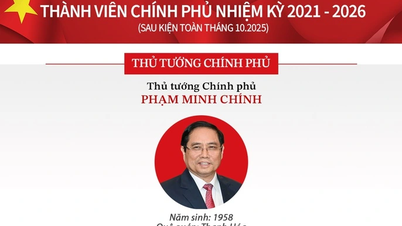

![[Photo] General Secretary To Lam receives United Nations Secretary-General Antonio Guterres](https://vphoto.vietnam.vn/thumb/402x226/vietnam/resource/IMAGE/2025/10/25/1761379090768_image.jpeg)


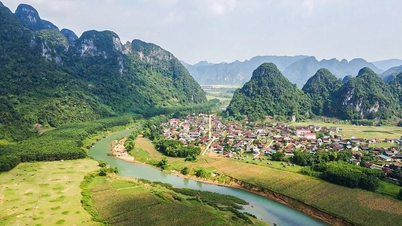



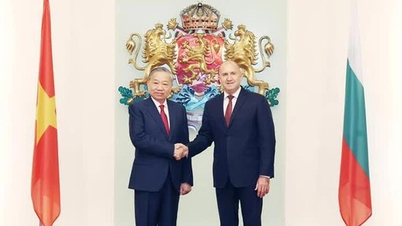

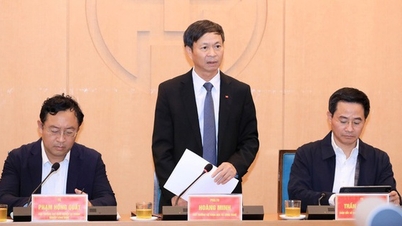
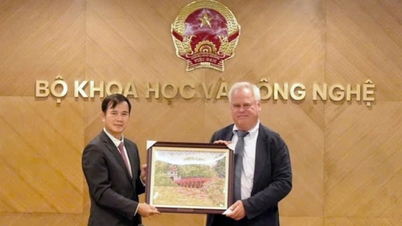
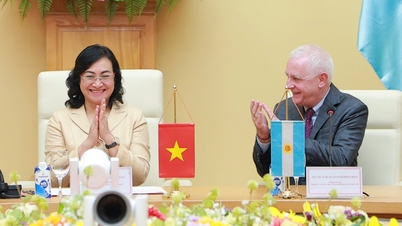

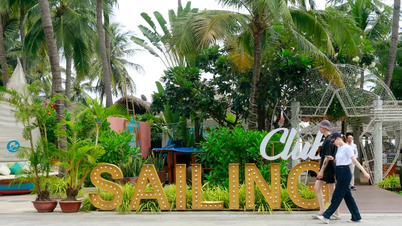



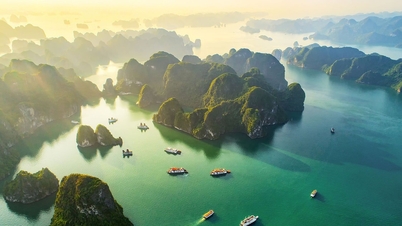

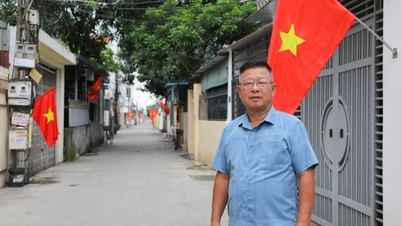














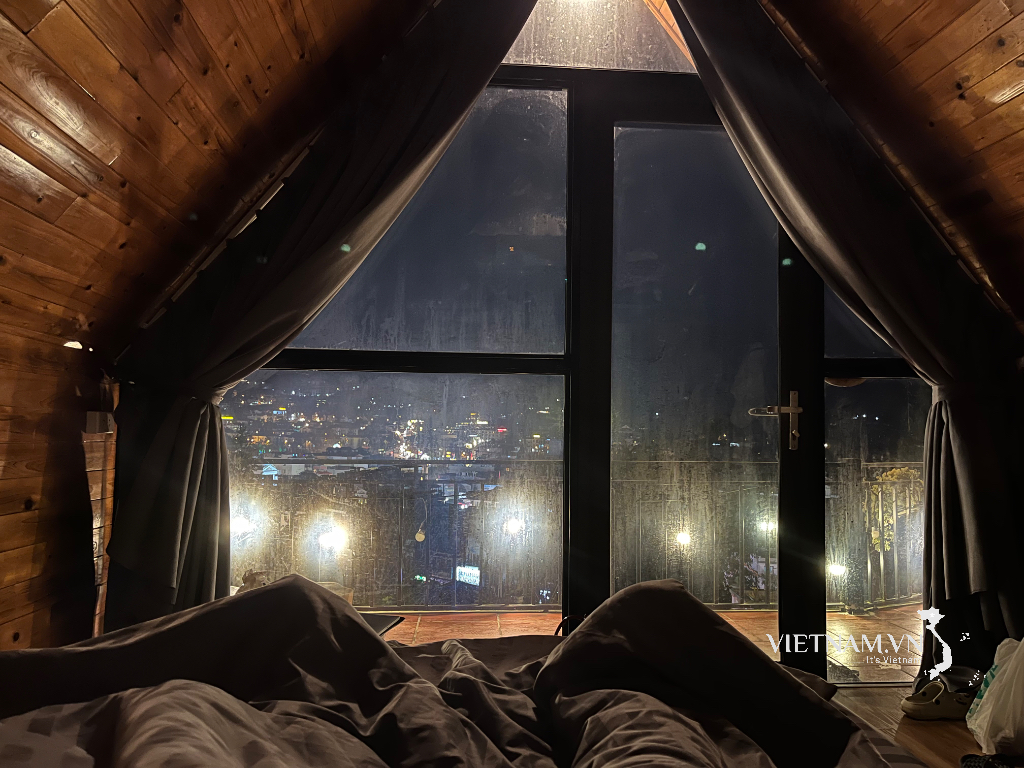



Comment (0)